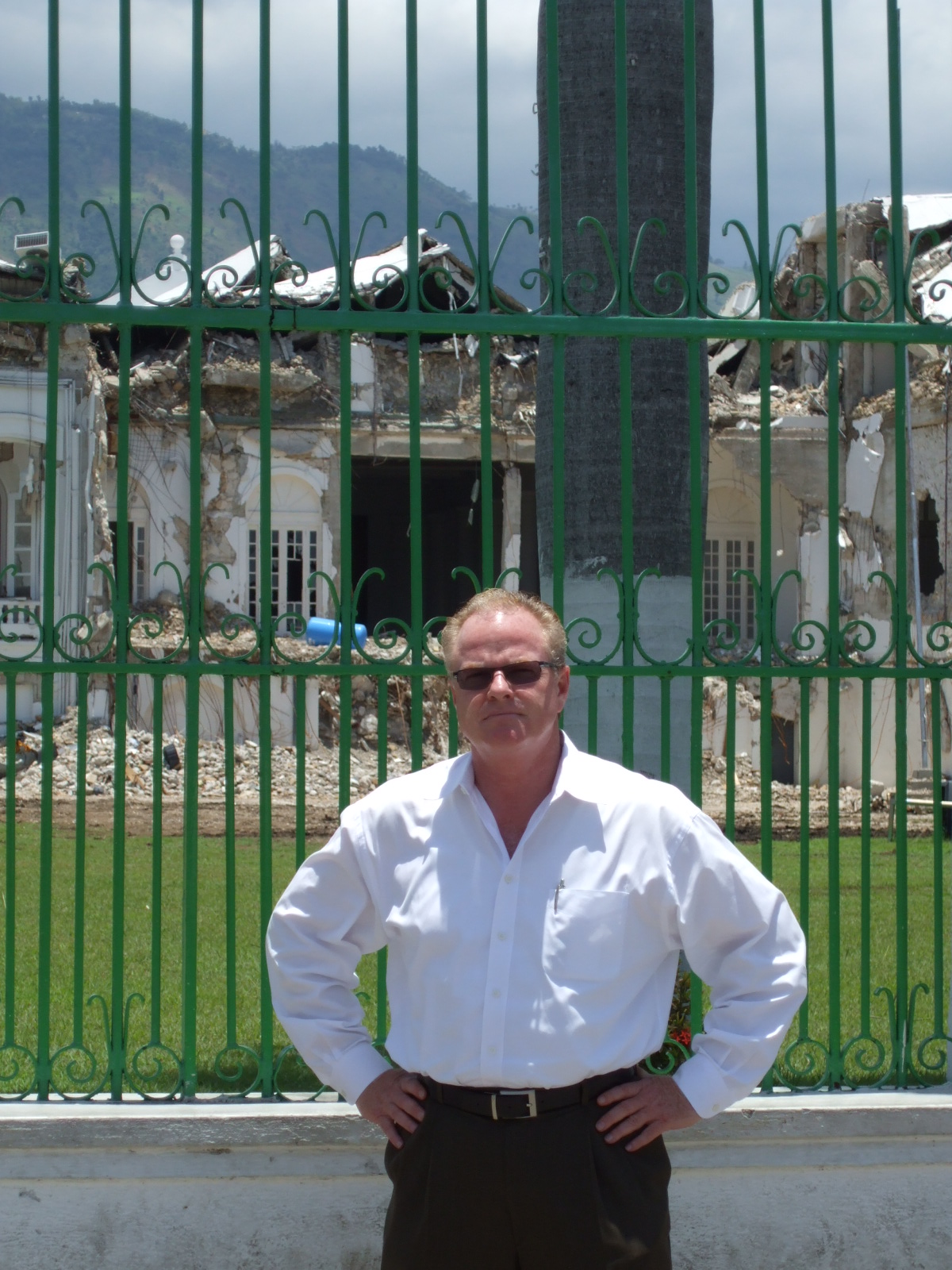Earthquake Detection Firm Teams With NASA

George Dickson never knows where the next phone call will come from. It might be from Chile, Mexico, Haiti or New Zealand. This week, it’s Japan.
As CEO of California-based Seismic Warning Systems (SWS), Dickson is in a delicate position. Each time tragedy strikes in the form of a massive earthquake, his company, which sells earthquake early detection technology, is thrust into the spotlight.
Since last week’s earthquake in Japan, Dickson has fielded calls from potential clients all over the world — and, of course, from the media.
The interest in his company is certainly good for business. In the long run, Dickson hopes, it may also change the way the world thinks about earthquake warning systems.
A different approach
SWS’s technology, which is currently being used in more than40 commercial locations in California, is called QuakeGuard 300. It has some notable customers, including the U.S. Department of Energy’s Lawrence Berkeley National Laboratory, NASA’s Dryden Flight Research Center and the day care center at Cisco’s California headquarters.
The technology, which was developed by scientists in Canada, was brought to market by Dickson, a serial entrepreneur, when he founded SWS in 2001.
Breaking space news, the latest updates on rocket launches, skywatching events and more!
“I come from a long line of entrepreneurs,” Dickson said. “My father was an entrepreneur; my grandfather was an entrepreneur.” So far, Dickson has funded the company entirely with his own money and with help from family, friendsand small private investors.
The QuakeGuard system on which SWS was founded differs from other earthquake detection technologies because it provides the user with a different kind of information, Dickson said. The sensors in QuakeGuard 300 pick up the earliest shock waves generated by an earthquake, called “P-waves.” These waves arrive before the larger shock waves that cause the most serious damage in an earthquake.
“We approached the P-wave earthquake early warning challenge from the end-user perspective," Dickson said. "Our focus, and our technology, focuses on the intensity of an earthquake rather than the magnitude, which is more relevant to the business and/or facility we are protecting. We then wanted to ensure we’re making the detection of a significant event actionable, which required the ability to control equipment and/or warn occupants. Finally, of course, we had to be sure the system was reliable and did not have false activations and it has to be fast.”
In other words, the time between detection and warning is minimal — as little as 400 milliseconds.
In a standalone deployment, the warning time is about one second for every 5 miles of distance to the hypocenter of the earthquake, according to SWS. This amount of warning can give automated systems plenty of time to respond and enough time for people to react.
Dickson said detecting the P-waves can give as much as a minute or more of warning time before a quake hits depending on the distance from the event. To prevent alarms from being set off by small quakes, the sensors only react to shock waves that indicate an earthquake of 5.0 or more on the Modified Mercalli Intensity (MMI) scale, which measures shaking severity.
Transforming business
SWS’s detection system is not just about giving people time to prepare prior to an imminent earthquake. Equally important is the system’s ability to communicate with other systems to prevent earthquake damage.
For example, a system installed in a firehouse may be designed to automatically open the firehouse doors at the first sign of an earthquake. This way, a damaged building, a lack of electricity or debris in front of the door will not prevent the firefighters from responding in an emergency. In another example, the system could be used to shut down operations to prevent an infrastructure disaster.
SWS’s business model is currently undergoing a transformation. Whereas its initial focus was on selling its equipment and technology to customers including fire stations and schools, it is now working with government agencies, NASA and others to create regional early detection coverage that would network its P-wave sensors together and allows them to communicate with each other to give even earlier warning to users.
The company is also working on shifting the way it brings its technology to customers. Until now, customers have purchased the sensor and the technology for their own use — at a cost of as much as $25,000 per system.
Going forward, SWS is working toward a subscription-based model where they own their own equipment and subscribers pay a much lower fee — around $1,200 — to receive the detection information from the QuakeGuard sensors.
“We’re transitioning from selling the system to setting up our own networks,” Dickson said. “We’re launching the next utility.”
The company is also transitioning away from self-financing and will soon begin seeking outside financing.
In the meantime, Dickson is hoping it won’t take another earthquake to keep his company in the public eye.
“We’re a business and we operate as such,” Dickson said. “But, we also care about providing a service that is good for people. Every second you have to prepare for an earthquake is a matter of life and death,” he said.
This article was provided by BusinessNewsDaily, a sister site to Space.com.

